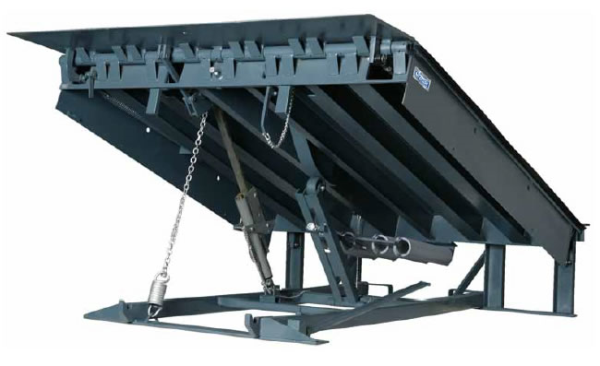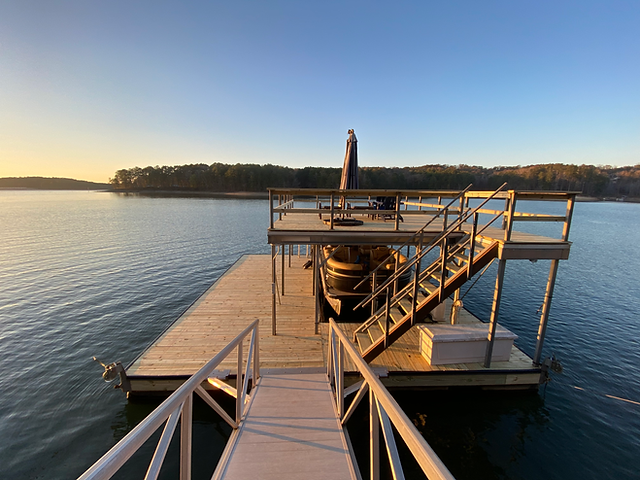DIY Tips for Simple Dock Repairs You Can Take Care Of
DIY Tips for Simple Dock Repairs You Can Take Care Of
Blog Article
Reliable Dock Repair Service Techniques: Making Sure Architectural Stability
Making sure the structural stability of docks through efficient repair service methods is vital for the durability and security of marine centers. This entails a multi-faceted technique starting with extensive inspections using innovative modern technologies like finder devices and remotely ran automobiles (ROVs) to find both visible and concealed problems. Ultimately, choosing the best repair materials, such as composite products and corrosion-resistant alloys, is critical for longevity. Architectural reinforcement methods, consisting of the application of cross-bracing systems and load-distribution plates, play an essential function in mitigating anxiety points. The significance of these strategies becomes apparent when checking out sophisticated repair service techniques and preventative upkeep strategies.
Assessing Dock Damage
Analyzing dock damage is a vital primary step in guaranteeing the architectural honesty and safety of any type of docking center. This first evaluation involves a detailed examination to recognize both concealed and noticeable problems. Key elements to check out consist of the dock's structure, pilings, outdoor decking, and hardware. Each component should be inspected for indications of wear, rot, deterioration, or various other kinds of destruction that can compromise the structural integrity.
Structural engineers or certified assessors typically perform these analyses making use of specialized devices and strategies. As an example, underwater evaluations may employ sonar tools or from another location ran automobiles (ROVs) to find immersed damages. Above water, visual inspections are enhanced by making use of dampness meters and various other analysis devices to reveal underlying concerns not instantly visible to the naked eye.

Finding Fixing Materials
Choosing the proper fixing materials is a critical action in the dock reconstruction process, one that straight affects the long life and performance of the repaired framework. Product choice need to be driven by elements such as ecological problems, load-bearing requirements, and compatibility with existing dock elements. Wood is a standard selection for anchors due to its natural durability and visual allure. Choosing the best type of timber, such as pressure-treated lumber or normally rot-resistant types like cedar or teak, is essential to endure aquatic environments.
In enhancement to wood, composite products are progressively popular as a result of their toughness and low upkeep demands. Compounds, normally made from a blend of plastic and wood fibers, use outstanding resistance to rot, pests, and UV damages. For metal anchors, selecting corrosion-resistant alloys such as galvanized steel or marine-grade light weight aluminum is necessary to prevent corrosion and make sure structural stability in saline water conditions.
Epoxy materials and marine-grade sealants are important for repairing fractures and securing joints, providing a water resistant obstacle and enhancing the dock's general toughness. By carefully choosing high-quality materials, dock repairs can accomplish resilient results, thus securing versus future degradation and guaranteeing secure, reliable use.
Architectural Support Techniques
Efficient architectural support strategies are crucial in making sure the security and long life of dock repairs. One fundamental method involves the use of steel or composite reinforcement bars (rebar) within concrete structures. Rebar offers additional tensile strength, avoiding cracks and distributing loads more evenly. This approach is specifically reliable for anchors revealed to hefty tons or severe environmental conditions.
Another important technique is the application of fiber-reinforced polymers (FRP) These products use high strength-to-weight ratios and outstanding resistance to corrosion, making them ideal for content enhancing wood or concrete anchors. FRP can be used in sheets or strips and bound with epoxy materials to improve structural honesty.
Supporting and anchoring systems also play an essential role in architectural support. Cross-bracing, utilizing metal or wood beam of lights, can counteract side forces, reducing swaying and activity. Anchoring systems, such as helical piers or driven piles, supply a steady foundation by moving loads to much deeper, much more secure dirt layers.
Lastly, the assimilation of load-distribution plates can help disperse weight much more equally across the dock's surface area, reducing local anxiety points. These strategies collectively ensure that anchors stay durable and safe, efficient in withstanding the roughness of their functional environment.
Advanced Repair Service Approaches

One more sophisticated method includes underwater welding, which enables repairs to be conducted without the need to dewater the area. This approach is specifically useful for resolving architectural concerns in submerged dock elements, guaranteeing minimal disruption to procedures. Boosted welding methods, coupled with robotic systems, supply accuracy and dependability, consequently prolonging the lifespan of the dock.
Additionally, cathodic defense systems are carried out to avoid corrosion in metal dock frameworks. By utilizing sacrificial anodes or impressed existing systems, these methods efficiently mitigate the electrochemical procedures that cause material deterioration.
Last but not least, advanced monitoring modern technologies, such as structural health monitoring (SHM) systems, provide real-time data on the condition of dock structures. These systems enable proactive upkeep and prompt interventions, ultimately making sure the long-lasting architectural stability of the dock.
Upkeep and Avoidance
Upkeep and prevention are fundamental principles that underpin the durability and safety and security of dock structures. Normal evaluations are paramount, enabling for very early detection of damage, potential weak points, and ecological impacts. An aggressive approach, including regular checks for rust, rot, and architectural shifts, alleviates costly repair work and lengthens the dock's functional life.
Precautionary procedures should include applying safety coatings to metal elements to defend against rust and utilizing cured timber to resist decay. Furthermore, making certain proper drainage and ventilation can stop water buildup, which is an usual root cause of structural deterioration. Integrating top quality products and sticking to manufacturer guidelines during construction and repair work phases likewise play vital duties in boosting resilience.

Training personnel in dock upkeep finest methods guarantees consistent application of preventive actions. Leveraging technological breakthroughs, such as drones for assessments and sensors for real-time monitoring, can better improve maintenance initiatives. By prioritizing maintenance and avoidance, dock owners can make certain architectural integrity, functional security, and cost-effective monitoring over the dock's life expectancy.
Conclusion
In final thought, keeping the architectural integrity of marine facilities requires thorough dock repair techniques. Advanced repair work methods, paired with normal upkeep practices, ensure the dock remains operational and risk-free under varied ecological problems.
Making certain the architectural honesty of docks with efficient fixing strategies is paramount for the longevity and security of aquatic centers.Choosing the proper repair service products is an essential action in the dock repair process, one that directly influences the durability and efficiency of the fixed structure.Effective structural reinforcement strategies are important in guaranteeing the site security and long life of dock repairs. By focusing on upkeep and avoidance, dock owners can ensure architectural honesty, functional security, and economical management over the dock's lifespan.
In verdict, keeping the structural integrity of aquatic facilities necessitates comprehensive dock fixing methods.
Report this page